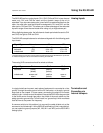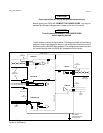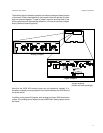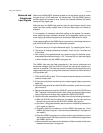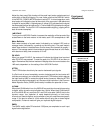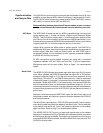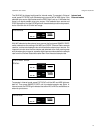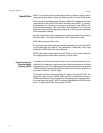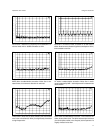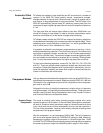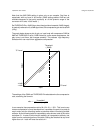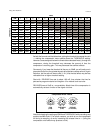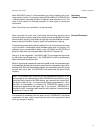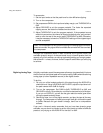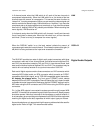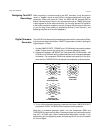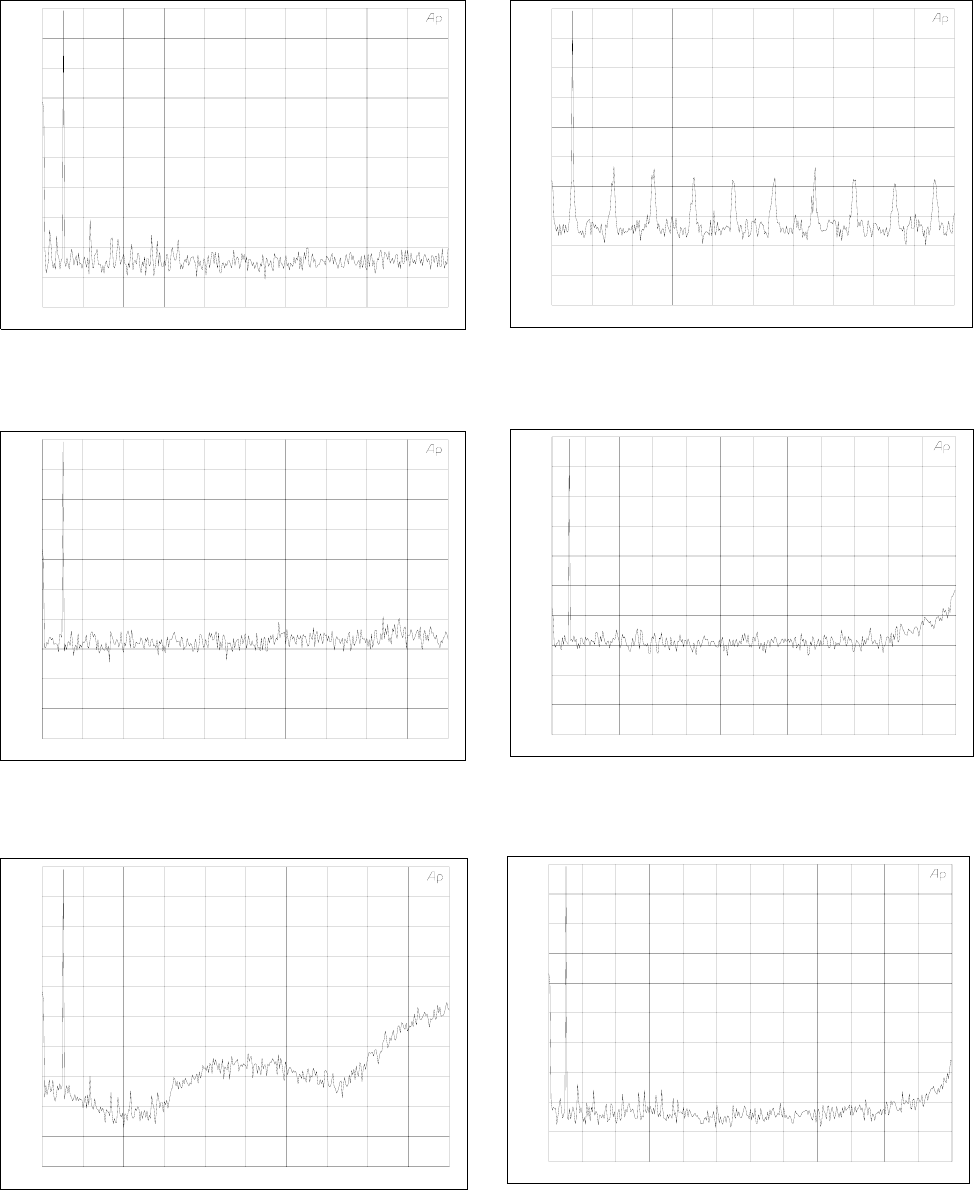
17
Using the 20/20 AD
20/20 AD User Guide
-160.0
-150.0
-140.0
-130.0
-120.0
-110.0
-100.0
-90.00
-80.00
-70.00
-60.00
0.0 2.00k 4.00k 6.00k 8.00k 10.0k 12.0k 14.0k 16.0k 18.0k 20.0k
Plot of noise + distortion vs. frequency for the 20/20 AD in 2-
channel mode with a -60dBfs sinewave at 1kHz.
20/20 AD in 2-channel mode, truncated to 16 bits without
dither. Note harmonic distortion (spikes at multiples of 1kHz)
and elevated noise floor.
WIDE dither is added before truncation. Noise floor is ele-
vated further, but harmonic distortion is removed.
-160.0
-150.0
-140.0
-130.0
-120.0
-110.0
-100.0
-90.00
-80.00
-70.00
-60.00
0.0 2.00k 4.00k 6.00k 8.00k 10.0k 12.0k 14.0k 16.0k 18.0k 20.0k
-160.0
-150.0
-140.0
-130.0
-120.0
-110.0
-100.0
-90.00
-80.00
-70.00
-60.00
0.0 2.00k 4.00k 6.00k 8.00k 10.0k 12.0k 14.0k 16.0k 18.0k 20.0k
HF dither is added before truncation. Noise floor in audio
range is lowered by 3dB — at the expense of increased noise
above 20kHz.
-160.0
-150.0
-140.0
-130.0
-120.0
-110.0
-100.0
-90.00
-80.00
-70.00
-60.00
0.0 2.00k 4.00k 6.00k 8.00k 10.0k 12.0k 14.0k 16.0k 18.0k 20.0k 22.0k 24.0k
20BIT dither is added before truncation. This is similar to HF
dither, but at a lower level. The dither reduces spurious tones
(low-level spikes visible in the first plot) at the expense of a
slightly elevated noise floor.
PONS dither. Noise floor is down almost to the untruncated
level in the critical band (2-4kHz), but significantly increased
at high frequencies.
-160.0
-150.0
-140.0
-130.0
-120.0
-110.0
-100.0
-90.00
-80.00
-70.00
-60.00
0.0 2.00k 4.00k 6.00k 8.00k 10.0k 12.0k 14.0k 16.0k 18.0k 20.0k
-160.0
-150.0
-140.0
-130.0
-120.0
-110.0
-100.0
-90.00
-80.00
-70.00
-60.00
0.0 2.00k 4.00k 6.00k 8.00k 10.0k 12.0k 14.0k 16.0k 18.0k 20.0k 22.0k 24.0k



